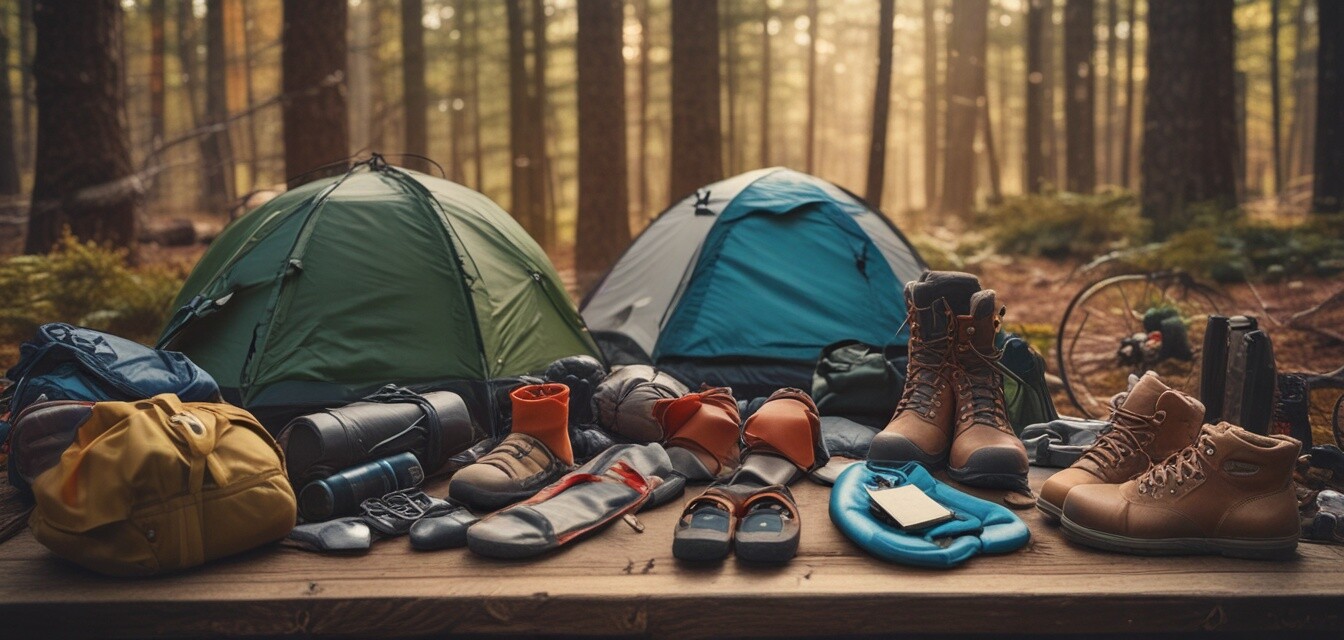
As an Amazon Associate, I earn from any qualifying purchases, at No Extra Cost to You.
Seasonal Gear Changes for Backpackers
Key Takeaways
- Understanding seasonal changes can help you select the right gear.
- Climate impacts gear choices for comfort and safety.
- Adapting your gear according to the season enhances your outdoor experience.
As the seasons change, so do the demands of the trails. For backpackers, selecting the proper gear for different climates is crucial for having a safe and enjoyable experience outdoors. In this guide, we'll explore the vital gear changes you need to consider as seasons shift and how to adjust your packing list accordingly.
The impact of climate on gear selection
Climate plays a significant role in determining what gear you should carry. Various conditions require different technologies, materials, and designs. Below, we break down the gear requirements based on seasonal changes.
Spring
Spring brings melting snow and rain, resulting in muddy trails and cool temperatures. Here's what you need for a successful spring backpacking trip:
- Waterproof gear – Invest in a waterproof jacket and pants.
- Breathable layering – Look for moisture-wicking base layers.
- Durable footwear – Choose sturdy, waterproof hiking boots.
Summer
Summer is synonymous with warm weather and longer days. Prepare for different challenges:
- Lightweight backpacks – Prioritize materials that are functional yet light.
- Sun protection – Don’t forget hats, sunglasses, and sunscreen.
- Hydration solutions – Carry a reliable water filter or purification tablets.
Fall
As the leaves change color, temperatures drop. Adjust your backpacking gear as follows:
- Insulated layers – Look for mid-layers to provide warmth without bulk.
- Rain gear – Be prepared for sudden showers.
- Compact sleeping bags – A suitable bag for the cooler nights.
Winter
Winter backpacking can be breathtaking but requires specialized gear to keep warm and safe:
- Four-season tents – Make sure your shelter can withstand harsh conditions.
- Insulation – Invest in down or synthetic jackets.
- Snow gear – Snowshoes or crampons may be necessary depending on the terrain.
Table: Seasonal Gear Comparison
| Season | Key Gear | Considerations |
|---|---|---|
| Spring | Waterproof jacket, breathable layers | Transitioning temperatures and wet trails |
| Summer | Lightweight gear, sun protection | High temperatures and water availability |
| Fall | Insulated layers, rain gear | Cooling temperatures and potential rain |
| Winter | Four-season tent, insulation | Snow and extreme cold |
Gear maintenance for seasonal changes
To ensure your gear performs at its best, seasonal maintenance is essential:
- Clean and store your gear properly after each trip.
- Check for wear and tear before the new seasons begin.
- Rewaterproof your jackets and tents if necessary.
Adapting your backpacking strategy
Adapting your approach to backpacking according to the season can enhance your experience significantly. Consider the following strategies:
- Research trail conditions and weather forecasts.
- Adjust your itinerary based on daylight hours.
- Be flexible with your plans and ready to make last-minute gear changes.
Conclusion
Understanding seasonal gear changes is vital for every backpacker. Each season presents unique challenges, and adapting your gear and strategy can keep you safe and comfortable. Remember to stay informed about the latest trends and gear updates in the outdoor industry through our Backpacking News section to ensure you’re always prepared for your next adventure!
